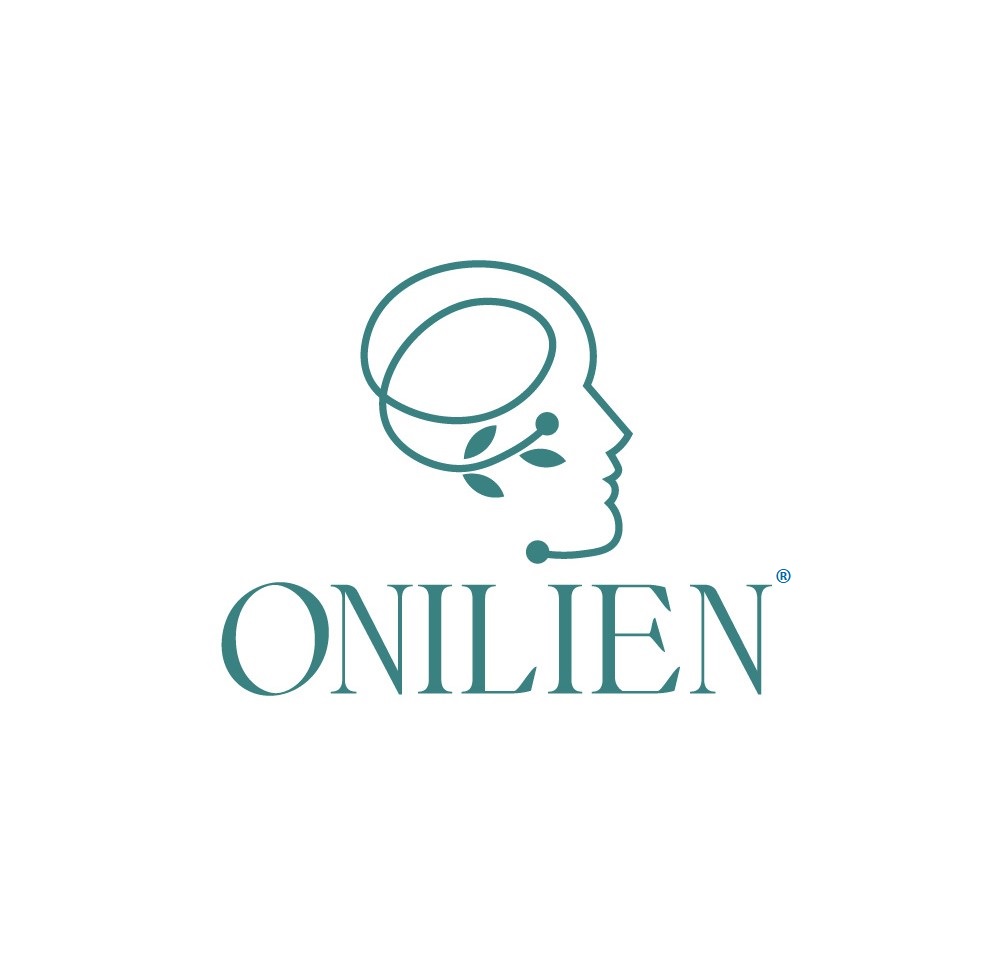In today’s digital world, mental health discussions have gained unprecedented visibility, with social media platforms like TikTok becoming a hub for sharing personal stories, insights, and self-diagnoses. While this surge in awareness is, in many ways, empowering, it also comes with risks, one of which is the oversimplification of complex mental health issues. Labels, once reserved for clinical settings, are now thrown around casually and often by people with no formal qualifications in this field, leaving many grappling with a mix of validation and confusion. This then raises an important question: Are mental health labels helpful or harmful?
The Benefits of Mental Health Labels
- Increased Awareness and Validation
Over the past decade, awareness surrounding mental health conditions has surged. Previously, many individuals who struggled with issues such as anxiety or ADHD didn’t even realise their experiences could be symptoms of a condition. This growing awareness, especially for adults with conditions like ADHD or anxiety, has brought relief and understanding. For those who spent years feeling ‘broken’ or misunderstood, a label can offer validation and a new perspective. Realising that there is a name for what they’ve been experiencing can be incredibly freeing, providing clarity and opening the door to support and/or treatment. - Community and Connection
Labels can also give us a sense of belonging. When individuals discover that they are not alone in their struggles, it helps combat the isolation that so often accompanies mental health conditions. Social media, despite its flaws, has played a significant role in connecting people with similar experiences, allowing for the creation of communities where individuals can share and support one another. - Access to Support and Resources
One of the key benefits of accurate mental health labelling is that it allows individuals to seek targeted support. Diagnoses often come with recommendations for specific treatments, therapies, or support groups that are tailored to manage certain conditions. For example, an accurate diagnosis of ADHD may lead someone to cognitive behavioural therapy (CBT), medication, or strategies that are specifically designed to help with focus and functioning.
The Drawbacks of Mental Health Labels
- Overgeneralisation and the ‘TikTokification’ of Mental Health
Viral trends often reduce nuanced disorders to single, out-of-context symptoms. For example, TikTok might suggest that losing your keys frequently means you have ADHD, but in reality, that symptom could stem from various causes. This kind of overgeneralisation often leads to self-diagnosis without a full understanding of differential diagnosis – the process that clinicians use to distinguish between conditions with overlapping symptoms. - The Risk of Misdiagnosis
Misdiagnosis is another serious concern. When individuals latch onto a label based on minimal information, they may begin to adopt coping strategies or treatments that are not suited to their actual condition. This can not only delay proper treatment but may also lead to further misunderstandings of their own mental health. Misdiagnosing oneself based on oversimplified online content can reinforce the very confusion that mental health awareness seeks to overcome. - Stigma and Limiting Beliefs
Despite the strides in mental health awareness, certain labels still carry a stigma. When applied inaccurately or too casually, labels can lead to harmful self-perceptions. Individuals might begin to see their diagnosis as a defining characteristic, limiting their view of themselves and their potential. Rather than viewing a label as a tool for understanding, it can become an anchor, locking someone into a mindset of “I can’t do this because of my condition.” This is particularly dangerous when combined with the negative stereotypes that still persist around certain mental health conditions.
Navigating Labels Mindfully
Given the potential pros and cons, it’s important to approach mental health labels with caution and mindfulness. Understanding differential diagnosis is crucial – mental health professionals use an in-depth process to distinguish between conditions that may present with similar symptoms. For instance, anxiety, ADHD, and even some physical health issues can share overlapping symptoms. Relying on a TikTok video for a diagnosis misses the broader picture and can prevent individuals from getting the proper care they need.
Additionally, empowerment through choice is key. Labels can be useful tools, but they should never become a fixed identity. Individuals should feel empowered to explore whether a label resonates with them and, if so, to use it as a guide, not a definition. Social media can be a starting point for exploration, but it should not replace the guidance of a mental health professional.
Finally, adopting person-first language is vital. Rather than saying someone is “an anxious person,” it’s more empowering to say they are “a person with anxiety.” This subtle shift in language emphasises that a mental health condition is just one aspect of a person’s life, not the entirety of their identity.
In the end, mental health labels are both powerful and problematic. They can offer validation, community, and access to resources, but they also carry risks, especially in an age of oversimplified and often inaccurate online content. Navigating this requires balance. Labels should serve as helpful guides on a journey toward mental well-being, but never as definitive markers of one’s identity or potential. Social media, while a useful tool for raising awareness, should be taken with a pinch of salt, and professional guidance should always be prioritised over quick-fix labels.




